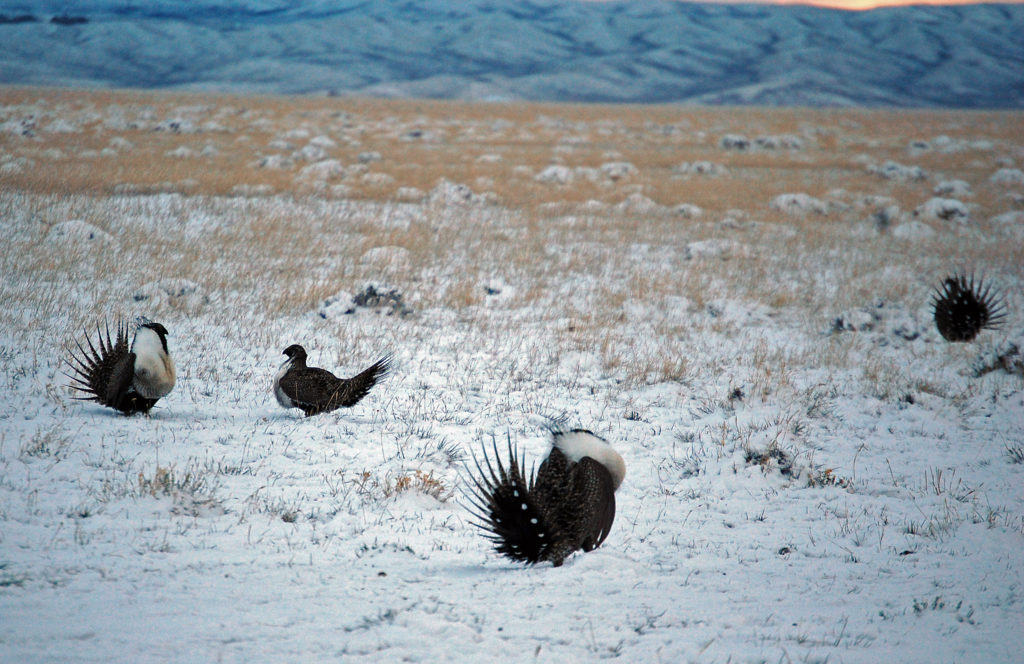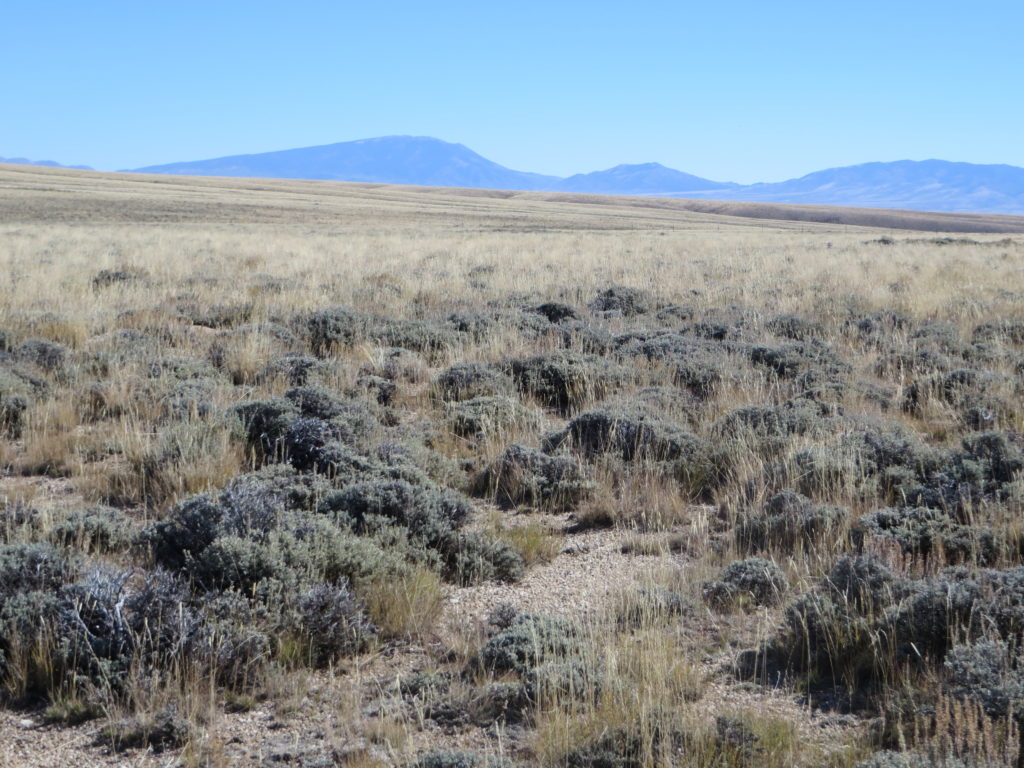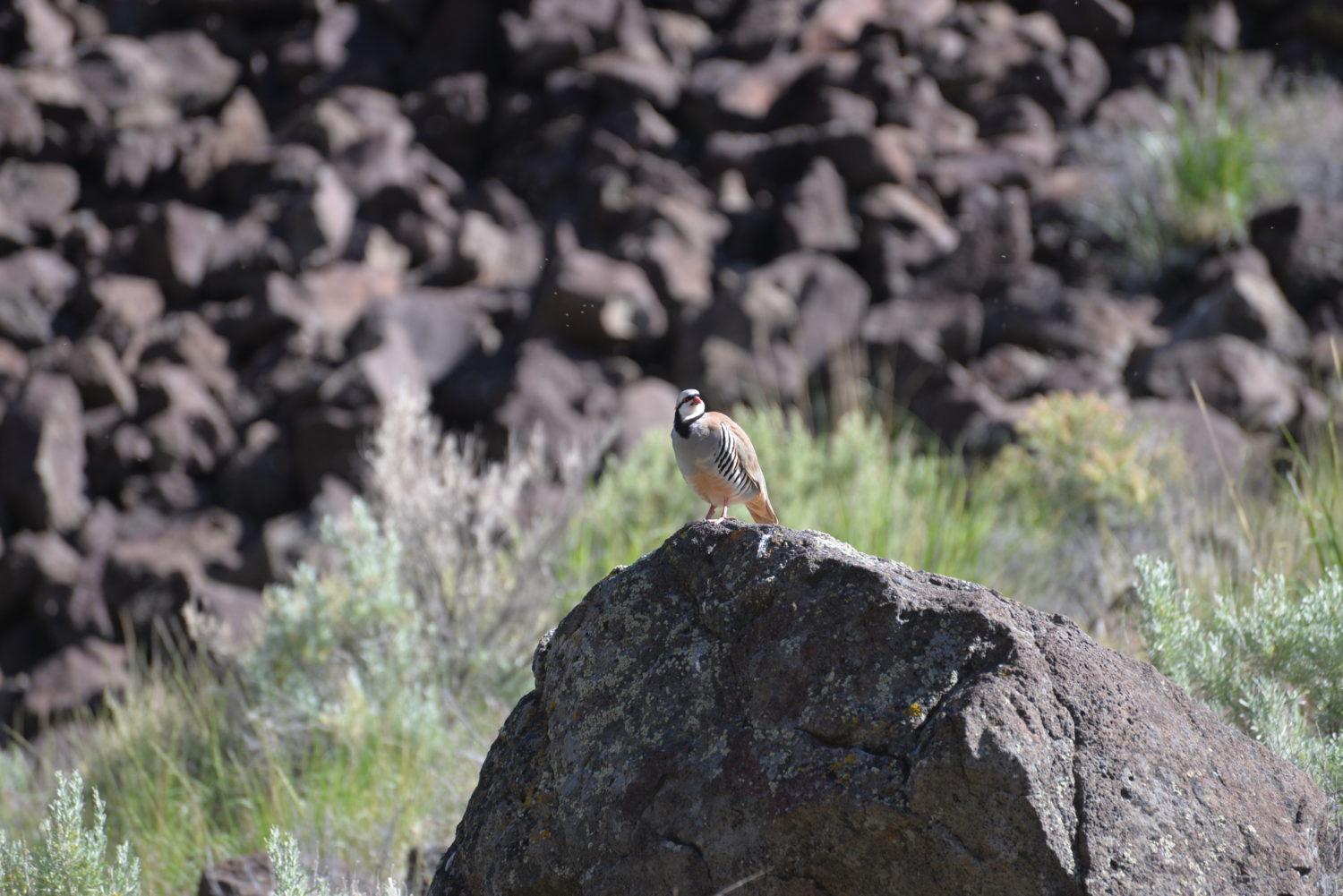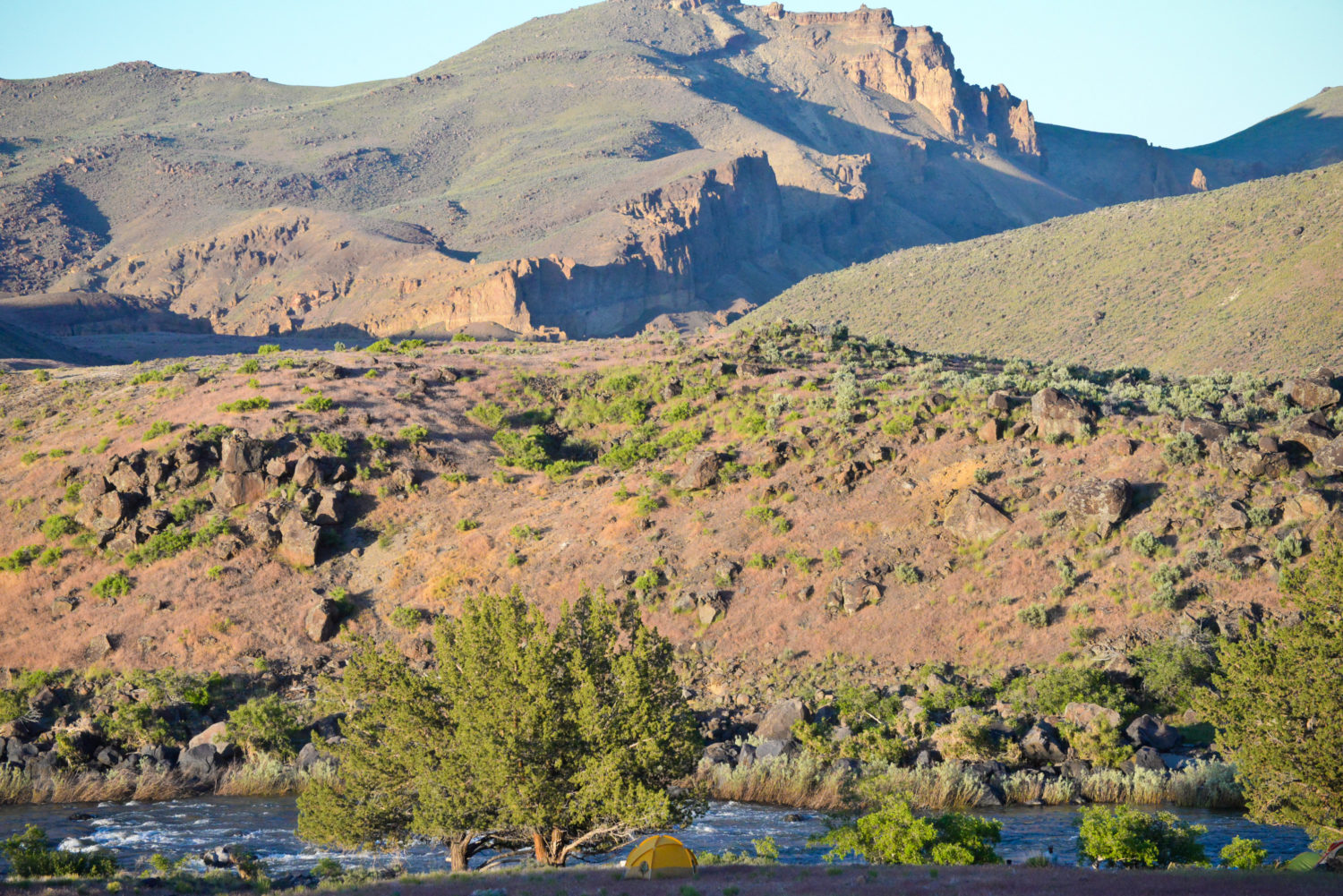Long-term, sustainable populations of sage grouse are the ultimate goal, but habitat management must be the driver of conservation success
In order to get a shot at a wild cackling rooster pheasant or monster mule deer buck, you have to find the best habitat—so we hunt the healthiest grasslands, brushy draws, uncut milo, and sagebrush, hoping for those wonderful heart-stopping glimpses of birds flushing or antlers catching the light. As sure as any track in the dirt is a sign of game, we know that the best habitat is where we’re most likely to get an opportunity to take a shot.
And it’s habitat that we must conserve and improve if we want to sustain or boost these opportunities.
That’s why managing sage grouse populations towards some number, rather than a goal of quality habitat, is an unsustainable approach. Yet, even before announcing a Trump Administration review of conservation plans that kept sage grouse off the endangered species list, Secretary of the Interior Ryan Zinke has called for establishing population goals and managing for numbers, not habitat.
Besides the fact that the Department of the Interior has no authority to set such numbers for the states, this concept of managing strictly for the numbers is fatally flawed. Habitat quality and population strength are inextricably linked and cannot be separated. Here’s why we must follow through on habitat conservation plans crafted at the federal, state, and local level to maintain or boost the number of birds.
Numbers Are a Best Guess
It’s appropriate to ask how many animals of a particular species are out there and how many we need. It isn’t possible to count every single member of any species, but wildlife managers have fairly well-developed approaches for estimating the population size of some, like elk, pronghorn antelope, and deer. In fact, population objectives and harvest goals are often set for big game, and we do set recovery goals for species like grizzly bears or wolves. But regardless of the goal, there still must be enough habitat to support these animals.
Upland game birds aren’t like mammals, though, and sage grouse are notoriously difficult to count. While it’s fairly easy to watch and count male sage grouse dancing on their breeding grounds, or leks, in the spring, counting female grouse is challenging and unreliable. They visit leks only once or twice a season and are rarely observed thereafter. While the science on enumerating grouse is advancing, our current techniques rely on using the number of males counted at leks as an indication of how many sage grouse there might be across the landscape. Sage grouse counts are an educated guess.

How Many and How Well We’re Doing
What we really need estimated counts for is to determine how the birds are responding over time to conservation of their habitat, nearly 50 percent of which has been lost over the past century. Still, because of the volatile effects of drought, disease, and other factors out of our control, scientists and managers have to consider long-term trends in lek counts, not isolated gains from year to year. Short-term increases or decreases in sage grouse numbers just don’t tell the full story.
For example, state wildlife agencies recently determined that dancing sage grouse males increased by 63 percent in 2015, in large part because of increased conservation and rain returning to sagebrush country across the West. However, that was up from one of the lowest counts on record in 2013, and long-term trends across the birds’ range show a decline.
We have to track birds and habitat over long periods of time to best understand if conservation is working. The long-term goal for sage grouse numbers must be to reverse the negative trend and stabilize the habitat needed to sustain healthy populations.
The Politics of Managing Populations
It probably sounds good to say that we’ll increase bird numbers by any means necessary, including captive breeding programs, predator control, and disease management. But some would like to see restrictions on activities and development in sage grouse country minimized while captive rearing and other approaches are used as mitigation for habitat impacts. Science has proven that this won’t work.
Managing to a set population number by releasing pen-raised birds, shooting coyotes and ravens, or focusing on disease control is a flawed workaround that does not address the root cause of the problem for sage grouse in the long run—and that’s the health of the sagebrush landscape. These approaches are already available to wildlife managers and can help in limited situations, but they represent tools that should only be applied surgically. They are not conservation strategies in and of themselves. The truth is that these tools alone do nothing to overcome the habitat loss and fragmentation that is mostly responsible for the grouse’s decline over the past several decades.
Besides, if wild birds struggle to survive, successfully nest, and raise their young in degraded habitat, why do we expect that birds raised in a pen will do better?
Keep the Focus on Habitat

This is why the notion of managing for numbers, not habitat, is unpopular with wildlife agencies and the majority of governors in Western states who were key partners in creating conservation plans for sage grouse. Most have made it very clear to Sec. Zinke that they have little appetite for shifting the focus from habitat to population-based approaches. Furthermore, while some of the states still have a few issues to resolve with the federal government, the majority of states and the stakeholders want to keep the federal and state conservation plans moving forward without interruption.
The forthcoming review of federal plans has sportsmen and women concerned that the DOI may attempt to shift its focus away from securing quality habitat, the most critical factor in conserving sage grouse, and toward less scientifically-sound population management techniques. The collaborative effort to conserve sage grouse over the last decade has been the largest in history, and if largescale captive breeding or predator control efforts would have been effective, states would be using those tools today.
It was the promise of habitat-focused federal and state plans for public lands, along with voluntary conservation efforts on private lands, which led the U.S. Fish and Wildlife Service to its historic decision not to list the species in September 2015. We need to implement those plans and track both habitat management and how the birds are responding to ensure we don’t wind up back where we started years ago, when this historic collaboration began.








Let’s get to work on cheat grass and eradicate from the west. Remove the restrictions on cried and ravens, they are hugely to blame for sage grouse depletion
Here here on cheatgrass eradication Frank. Predators do have an influence no don’t, but usually predation develops from habitat alterations that give predators an upper hand. Predator control can help some localized situations, but is not a long-term, range-wide solution – but rather a tool to use on an as-needed basis like any other management tool. The problem is that once you stop the control…the predators just come right back, so to me its a better strategy to restore habitat over the long haul. EA
To Secretary Zinke,
The future of the Greater Sage-Grouse is in your hands. Please keep the conservation focus on habitat and not numbers. We sportsmen are depending on you.
Thank you,
Pierre Howard
Atlanta, GA
Please keep the focus on sage grouse habitat not numbers
Habitat, not numbers!
From my readings in the past couple of years, it is habitat loss that is hurting the sage grouse. If I understand it right, Protection for Sage Grouse Habitat is at odds with Ranchers. Ranchers want more grazing for their cattle and with humans populating more and more habitat is being lost. I believe that if the human race comes to an end it is going to be because we overpopulated. Resources are being fought over. Lastly, I believe every animal was put on this earth for a reason, and the elimination of one causes a ripple effect causing much more damage.
Susan… Sage grouse habitat can certainly be influenced by poorly managed grazing, but grazing is not a major threat to sage grouse. They are more threatened by habitat loss and degradation from development (highways, urbanization, energy, etc), invasive grasses and fire, and conifer trees encroaching on sage habitat than most anything else. If you go to the NRCS Sage Grouse Initiative website (https://www.sagegrouseinitiative.com/) you’ll quickly see many success stories on sustainable ranching and grouse and how compatible the two really can be. EA
What`s going on with conservation in the south west AZ,NM.
David, Please go to TRCPs staff page and contact John Cornell – our NM field rep and he can fill you in. EA
The article makes many good points which I agree with. The focus needs to be on habitat. Saving these sage grouse is essentially to preserving the history and tradition of the West.
Career wildlife managers and biologists know for a surety that good habitat management will be the ultimate deciding factor in the future of the sage grouse survival. This habitat also reflects the future of many other associated wildlife species.
Focus on habitat,habitat,habitat and change the way blm fights wildfires… a more aggressive approach…..